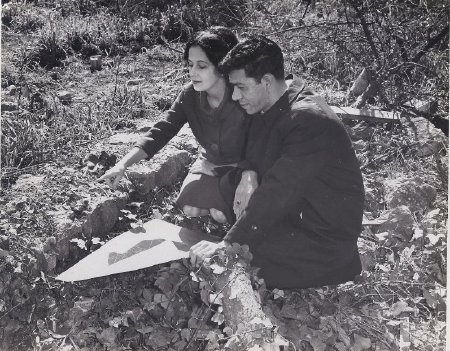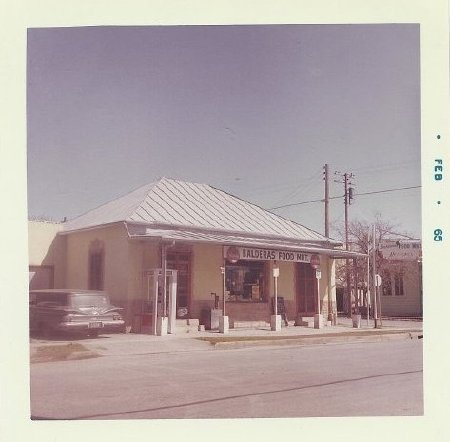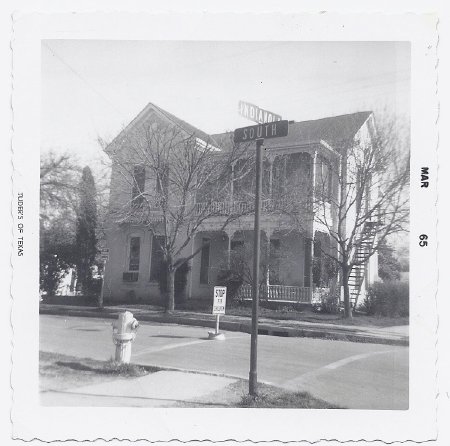Welcome to Germantown
History:
This bustling, self-contained neighborhood stood on the site of farmlands formerly attached to the 18th century Mission San Antonio de Valero (the Alamo). The area became known as "Germantown" because of the sizable population of German immigrants that settled there beginning in the 1850s. Throughout the late 19th and early 20th century, it became very much a multi-ethnic community with residents of German, Polish, Mexican, and African-American descent. Located within walking distance of downtown, the streets angled off of the main grid to provide access to the water that had once been carried through town by the Acequia Madre ditch on its way south to the missions.
Overall, "it was a good place to live, like a small town surrounded by an expressway...It was a neighborhood in need of some repair, but not an urban slum." Planners chose the Germantown area for urban renewal because of its decreased property values (a condition known as blight) and its advantageous location close to downtown and to the river. Thus began the area's dramatic, and often painful, transformation from a small community with deep historical roots into a powerful economic catalyst that drew visitors to San Antonio from all over the world.
Overall, "it was a good place to live, like a small town surrounded by an expressway...It was a neighborhood in need of some repair, but not an urban slum." Planners chose the Germantown area for urban renewal because of its decreased property values (a condition known as blight) and its advantageous location close to downtown and to the river. Thus began the area's dramatic, and often painful, transformation from a small community with deep historical roots into a powerful economic catalyst that drew visitors to San Antonio from all over the world.
About this Image:
1) Acequia on Goliad Street, 1966. Mrs. Leo Fox and Bexar County Archivist Richard Santos examine a remnant of the Acequia Madre that ran south from Goliad Street. A portion of the stone-lined irrigation ditch would be preserved for HemisFair and can be seen on the grounds today.
2) 333 North had operated as a family-owned grocery store since the 1930s. It was originally built as a single-family house, but the lack of parking would not have inconvenienced customers in the easily walkable neighborhood. Urban Renewal Agency records show that the Balderas Food Market (shown here) employed three people and made $6,000 annually, prior to being relocated for HemisFair.
3) Conservation Society member Ella Stumpf, who served on the Bexar County Historical Survey Committee at the time the fair site was chosen, recalled that "[the neighborhood] was not a slum at all. It had 200 houses almost as good as anything in King William." This two-story Victorian house at 433 South is one example of a large home that retained much of its original charm, even after being converted to apartments.
2) 333 North had operated as a family-owned grocery store since the 1930s. It was originally built as a single-family house, but the lack of parking would not have inconvenienced customers in the easily walkable neighborhood. Urban Renewal Agency records show that the Balderas Food Market (shown here) employed three people and made $6,000 annually, prior to being relocated for HemisFair.
3) Conservation Society member Ella Stumpf, who served on the Bexar County Historical Survey Committee at the time the fair site was chosen, recalled that "[the neighborhood] was not a slum at all. It had 200 houses almost as good as anything in King William." This two-story Victorian house at 433 South is one example of a large home that retained much of its original charm, even after being converted to apartments.
Credit:
Courtesy of San Antonio Conservation Society Foundation



